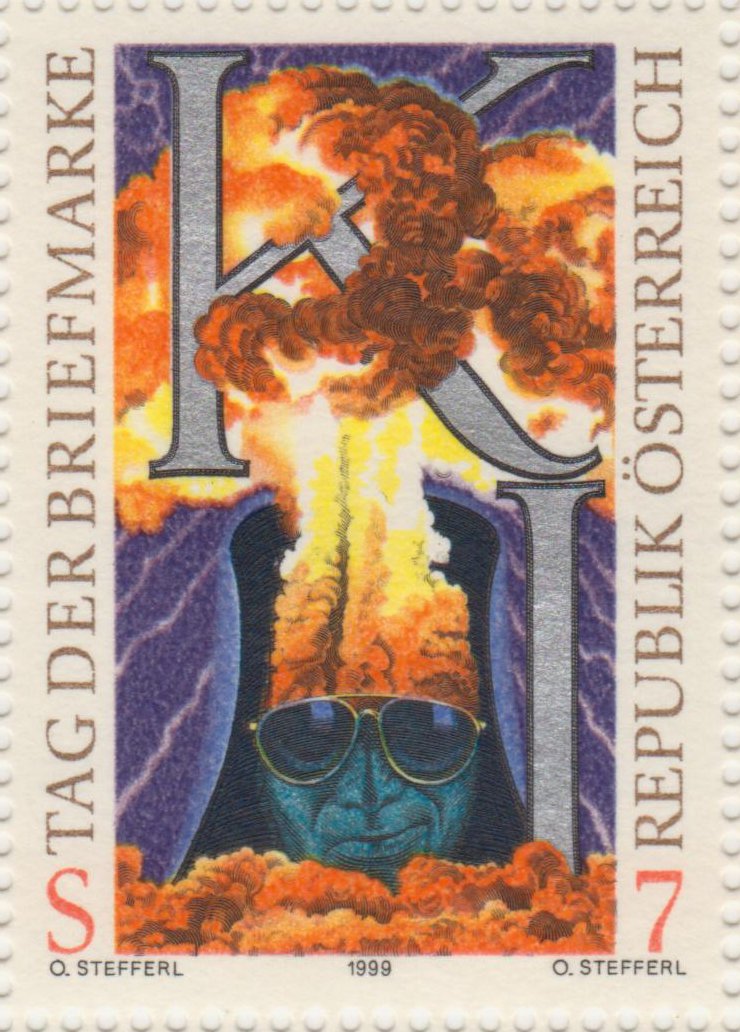Here is a great example
Kacyds writes -
U.S. #1 – the 1847 5¢ Franklin
First Day of Issue: July 1, 1847
Printed by: Rawdon, Wright, Hatch & Edison
Quantity issued: 3,600,000 (estimate)
Printing Method: Flat plate in sheets of 200 subjects each
Watermark: None
Perforation: Imperforate
Color: Red brown
The “Father” of the American Postal Service is pictured on the first U.S. postage stamp. Inventor, philosopher, statesman, diplomat, author, and scientist, Benjamin Franklin is credited with organizing America’s postal service in the 1700s. Appointed by the British Crown as a deputy postmaster, he greatly improved service to major cities. In 1775, he was appointed as the first Postmaster General. Under his direction, the new Continental Post Office played an important role in the Revolution.
The 1847 stamp is an engraving which also appeared previously on banknotes.
America’s First Postage Stamps
In the 1840s, United States postal authorities were carefully watching the world’s reaction to Great Britain’s Penny Black, the first adhesive postage stamp. An adhesive stamp was being considered for use in the U.S. When Robert H. Morris, postmaster of New York, proposed issuing a provisional stamp, there were no objections.
Morris assumed the printing cost, and in 1845, the first U.S. postmaster’s provisional was issued. Other postmasters followed suit, providing their own distinct stamps for pre-payment of mail.
Two years later, the U.S. Post Office Department tried its own government-issued stamp. Rates were determined by the weight and distance the letter was being mailed. Letters mailed a distance of 300 miles or less were 5¢ per half ounce, while those mailed over 300 miles were 10¢ per half ounce. Postage could be paid by the sender at the time the letter was mailed, or by the addressee upon receipt.
When postage was paid by the sender, the letter was marked “paid” by pen and ink or hand stamped. If no such cancel was evident, the person receiving the letter paid the postage. Inspections for accuracy and records of postal revenues were virtually impossible. With pre-printed stamps, accurate records could be kept of how many were issued and sold. It wasn’t until 1855 that the use of postage stamps became mandatory.
A contract was awarded to a firm of bank note engravers for the printing of the 5¢ and 10¢ stamps. The stamps were to be available in major post offices on July 1, 1847. Due to delays in production, only one office, New York City, received the stamps on that date. The stamps were produced until 1851.
Reproductions (official imitations) of both stamps were printed by the Bureau of Engraving and Printing. (They were invalid for postage.)
Now this is informative! In this style Kacyds continues to display his 19th Century US Classics.. Quite a number of great looking stamps in this thread..Stop by, take a look, if you have a question, or would like to jump in the conversations feel free to register (no fees EVER).
Happy Stamping!!
Bear






